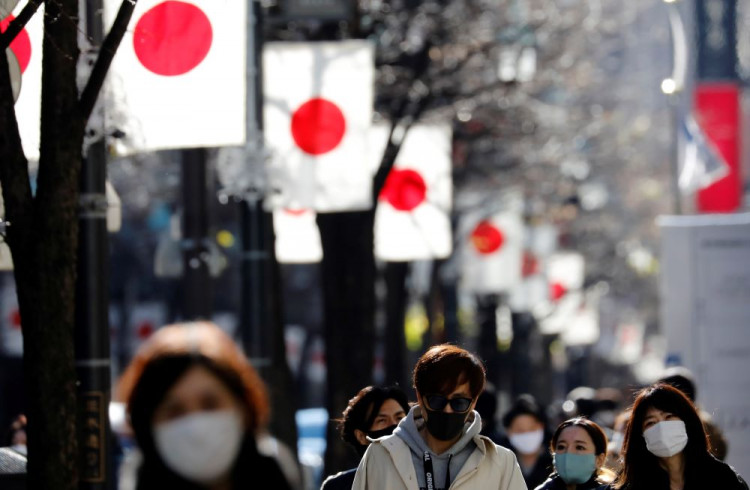Preliminary statistics released by the Japanese Cabinet Office on Aug. 15 reveal that Japan's Gross Domestic Product (GDP) rose 1.5% quarter-on-quarter in the second quarter of this year. When adjusted annually, it marks a significant 6.0% increase, exceeding expectations.
This impressive Q2 GDP growth is attributed mainly to a surge in exports. However, private consumption, which contributes to over half of the country's GDP, saw its first decline in three quarters, casting a shadow on future economic growth.
Earlier predictions by polling agency QUICK, as reported by the Japanese Economic News Agency, estimated an annualized growth rate of 3.1% for Q2, which was much lower than the actual figures. The data also surpassed Q1's GDP growth rate of 3.7%.
Japan's Q2 exports saw a 3.2% hike compared to Q1, primarily driven by an increase in car exports to the U.S. and the European Union. In contrast, imports dropped by 4.3%, marking the third consecutive quarter of negative growth. Net exports contributed a notable 1.8 percentage points to the Q2 economic growth, doubling the expected 0.9 percentage points.
As Japan lifted border controls at the end of April, the number of overseas tourists began to rise, recovering to 70% of pre-pandemic levels by June. With China recently announcing the resumption of group tours to Japan, the tourism sector is expected to see even more rejuvenation.
However, at the same time, Japan's private consumption in Q2 contracted, decreasing by 0.5% quarter-on-quarter - its first negative growth in three quarters. Since private consumption represents more than half of Japan's GDP, this shrinkage signifies an ongoing impact of inflation on consumer expenditure.
While private consumption was down, Q2 corporate spending remained steady, despite expectations of a 0.4% quarter-on-quarter increase. Due to weakening domestic demand, some economists forecast that Japan's robust economic growth might not persist in the latter half of the year.
Marcel Thieliant, the head of Capital Economics in the Asia-Pacific region, pointed out to clients that although Japan's economy grew rapidly in Q2, most of the growth was export-driven, with net exports contributing the second-highest in 28 years to GDP.
Thieliant believes Japan's current export-led economic growth trend isn't sustainable, predicting a slowdown in economic growth in the second half of the year.
The Bank of Japan has already indicated in its latest forecast that the slowing recovery of other economies due to continuous global inflationary pressures and interest rate hikes by various central banks might impact Japan's exports and production in the coming months.
Researcher Shumpei Goto from a Japanese research institute also noted that while a weaker yen benefits exports, it simultaneously pushes up import prices, burdening imports and hitting domestic consumption. On the 14th, the yen-to-dollar exchange rate briefly hit around 1 USD to 145 yen, its lowest since November 2022.
Currently, the Bank of Japan is maintaining a negative interest rate policy, but market traders have begun speculating that this policy might end within the next eight months.






